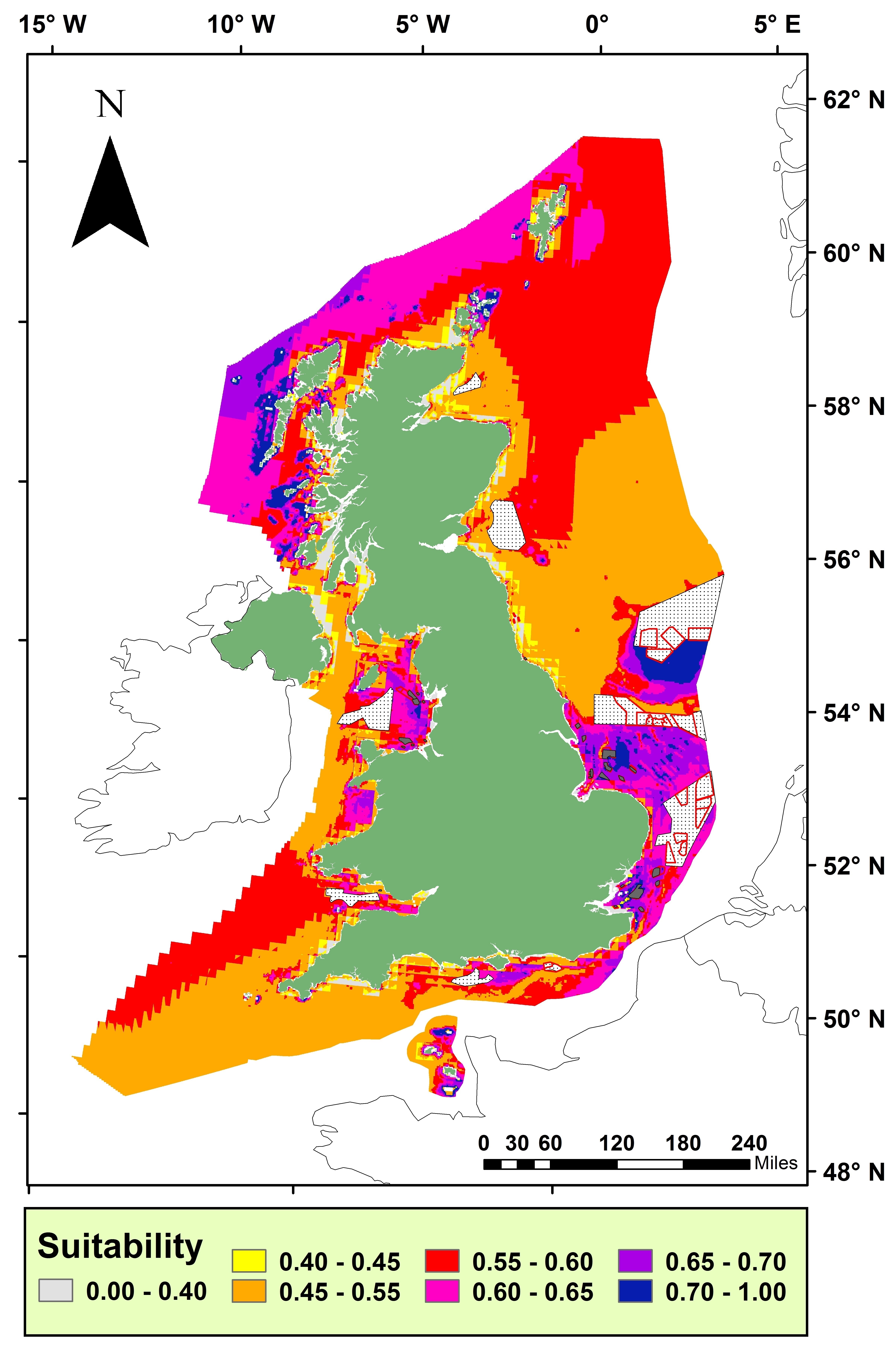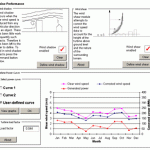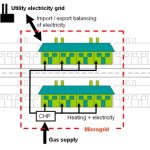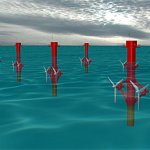This new approach is introduced to facilitate offshore wind energy spatial sitting process. The offshore wind energy spatial sitting process aims to identify the most suitable locations according to a set of criteria; where the criteria weighting process is conducted by many experts result in reduced accuracy, coherence, and making the process time-consuming. RCR compares factor pairs to interpret the relationship between Importance Index scale (1–9) and its descriptors. Results from both case studies provided excellent outcomes, confirming the robustness of the RCR approach and its global applicability in addressing the spatial planning of offshore wind farms.
This approach was quantified through a robust methodology and was used to model the UK’s offshore wind energy rounds. The spatial results obtained for the UK offshore wind programme matched well with the “costly mapping” determined by the UK’s offshore wind developers for their projects (£90k/MW) for the three Rounds. This evidence gives confidence that the RCR approach is accurate as all of the cells for these projects are located in either moderate or high suitability categories determined by this study.
This new approach was published recently on the Renewable Energy Journal Volume 152, for more details about the approach. Click here.

Latest updates:
ECCD present at the International Conference on Sustainable Energy, SET 2023 in Nottingham, UK 2023 
ECCD presented 8 papers at the 20th International Conference on Sustainable Energy (SET 2023), Nottingham, UK, with Professor Bahaj also presenting a keynote address
UK Micro Wind Trial 2007 
The UK has the best wind resource in Europe and this is now starting to be harnessed through both on-shore and off-shore multi-MW scale wind farms. Whilst performance figures for commercial wind farms are well known, no comparable data exists for the micro wind market. ECCD is part of the UK micro wind trial which is ...
The story of the 'Smiths' in their 1930's semi 2007 
Residential housing accounts for more than a quarter of the UK’s primary energy consumption. This is primarily in the form of space heating (typical 3 bedroom UK house 20,000 kWh per annum) with electrical demands being much lower at around 4,000 kWh per annum. The gradual tightening of building regulations means that modern housing consumes ...
Photovoltaics in Residential Applications 2007 
Residential grid connected PV systems are relatively simple to design with easy to predict annual yields. However, the headline economics of residential PV in the UK are at present unattractive. A typical small residential PV system (1 to 3 kWp) as shown in the top figure would cost in the year 2000 around £4,500 per ...
Micro Wind Modelling Tool 2007 
Within the framework of a research project funded by the Economic & Social Research Council (ESRC) a micro wind modelling tool has been developed by SERG prompted by the imminent arrival of the technology. The tool allows the user to define a particular micro wind turbine and simulate its performance at various locations in the UK. Various ...
Assessment of Urban Microgeneration Solutions 2004 
The group’s research is looking at existing housing developments from the 1970s, 1980s, 1990s and 2000s to determine the scope and potential impact of microgeneration technologies and energy efficiency measures on the residential scale.
Hydrodynamics of Marine Current Turbines for Electrical Power Generation 2002 
Marine current turbines can play an important part in achieving an increase in electricity generation from renewable resources, but the development of the required technology will demand significant research effort. This project will lead to a better understanding of the design implications of some of the features that distinguish marine current turbines from wind turbines, ...
PV Roof Tile Development – POWERTILE 2000 
ECCD has developed a PV roof tile through Powertile Ltd which is now sold under license by Marley Eternit. A test roof at the University, which is shown in Figure 3, is used for prototype assessment and analysis of the thermal behaviour of different roof constructions.
